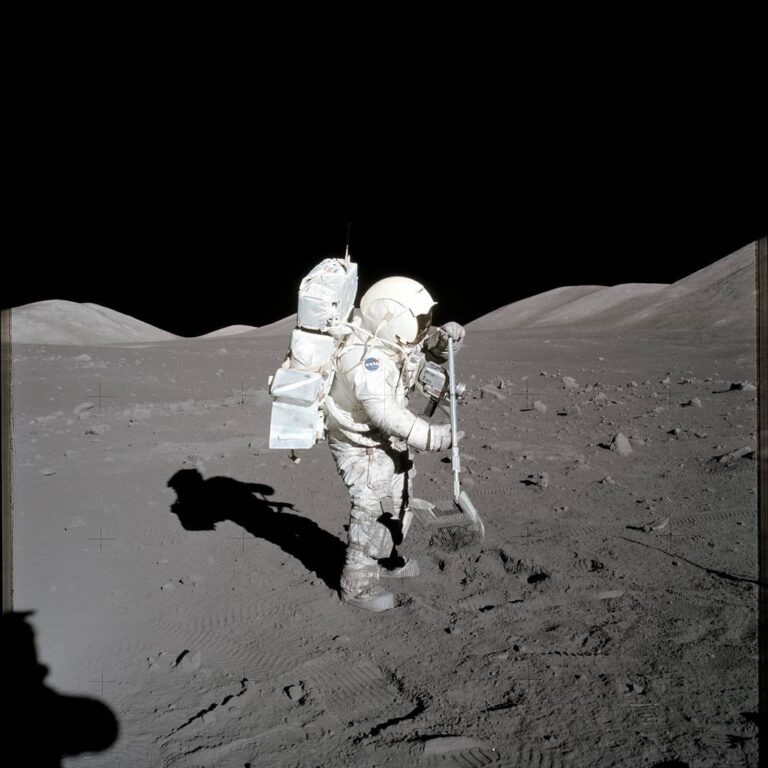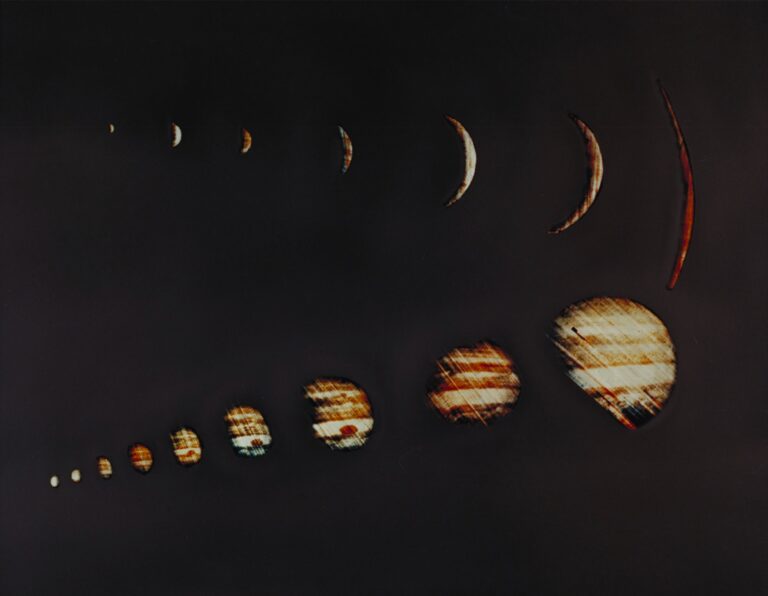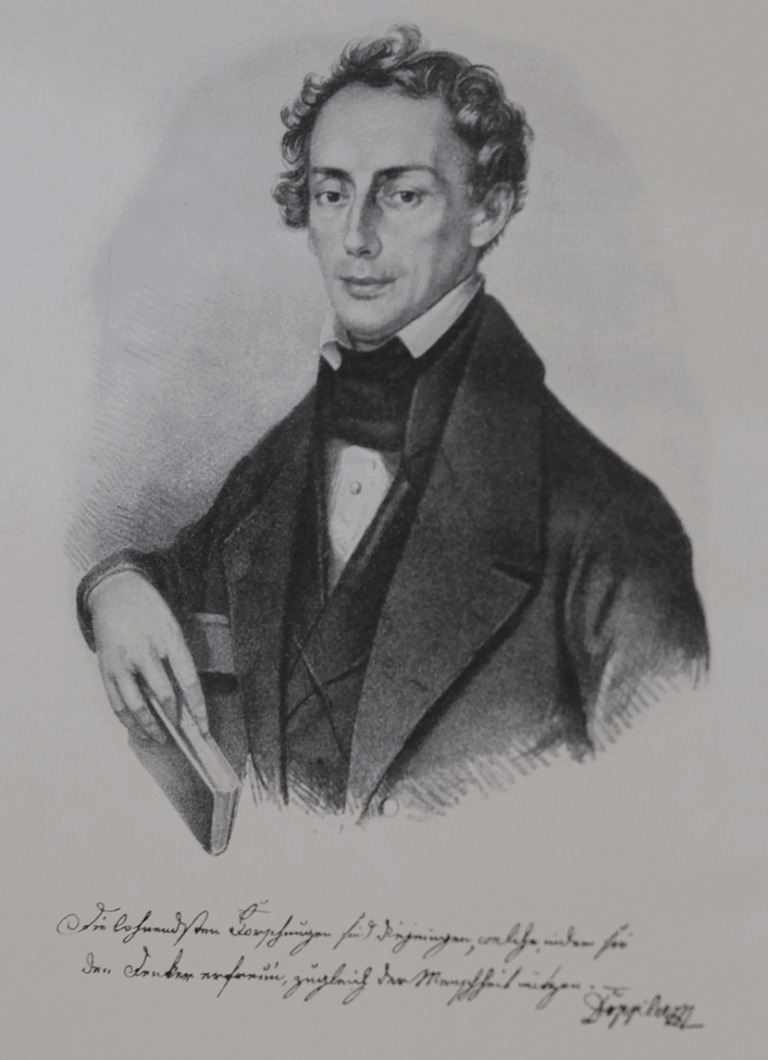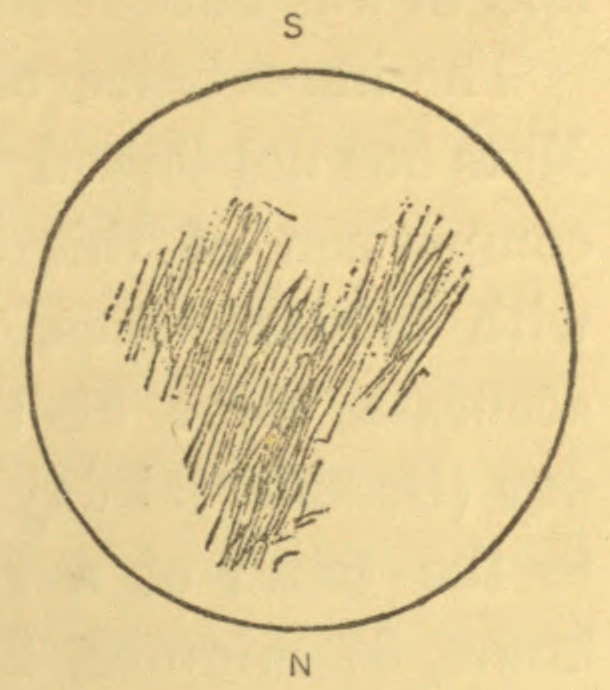
Key Takeaways:
- Robert Thorburn Ayton Innes, born in 1861, discovered Proxima Centauri in 1912, initially suspecting it as a third member of the Alpha Centauri system.
- At the time of this hypothesis, Alpha Centauri A and B were considered the nearest stars to Earth, excluding the Sun.
- As director of the Union Observatory in Johannesburg, South Africa, Innes conducted a systematic survey, comparing five years of photographic plates with a blink-microscope.
- His research confirmed a faint, red star moving in concert with Alpha Centauri, which was subsequently determined to be closer to Earth; this finding was announced in 1915 and later named Proxima Centauri, meaning "nearest" in Latin.
Born Nov. 10, 1861, in Scotland, Robert Thorburn Ayton Innes would reshape our understanding of our cosmic neighborhood when he discovered our nearest stellar neighbor, Proxima Centauri, in 1912. Innes suspected that Alpha Centauri, a binary system made up of Alpha Centauri A (Rigil Kentaurus) and Alpha Centauri B (Toliman) and then thought to be the nearest stars to Earth (besides the Sun) – had a third member.
The director of the Union Observatory in Johannesburg, South Africa, Innes began a systematic survey for the missing companion star, comparing five years’ worth of photographic plates using a blink-microscope. He noted that a small, faint, red star seemed to move in concert with Alpha Centauri; further research revealed it was in fact closer to Earth than its companions. Innes announced the find in 1915, and later named the body Proxima Centauri – proxima meaning “nearest” in Latin.









